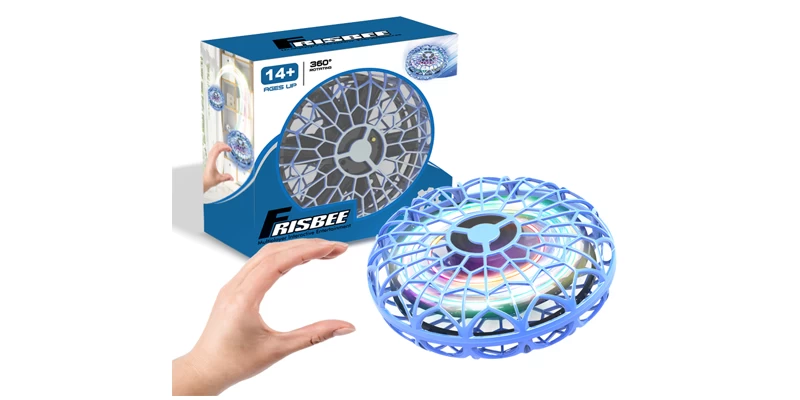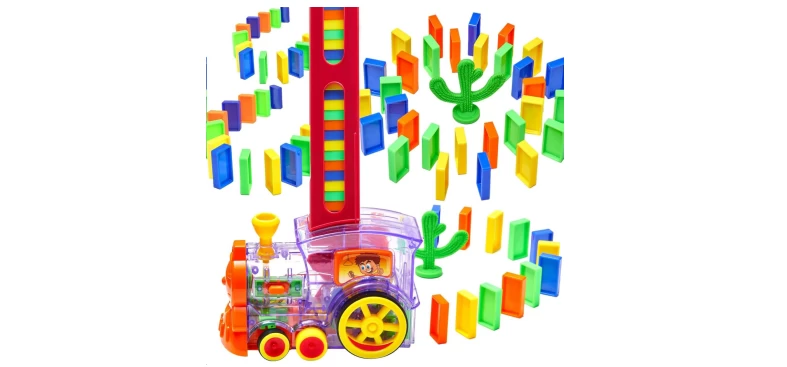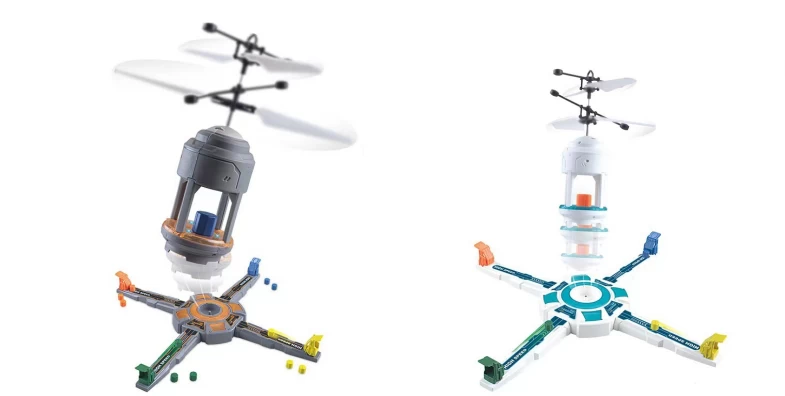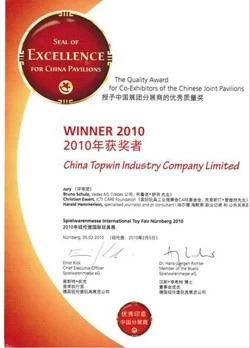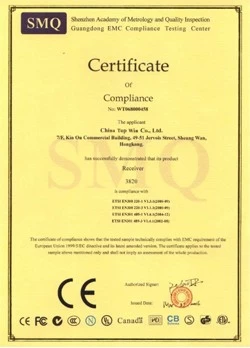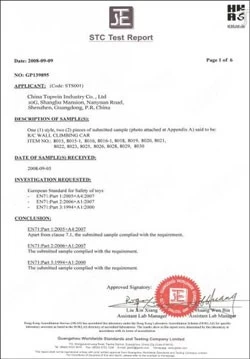The International Space Station will conduct a new system test to obtain reclaimed water from urine
chinatopwin
chinatopwin
2018-03-20 09:32:49
China News Service, March 19th According to reports from Russian satellite network on the 19th,
the Russian part of the International Space Station plans to test a new type of water regeneration
system. Reclaimed water will be obtained from urine.
According to reports, the reclaimed water obtained will only be used for technical needs, including
According to reports, the reclaimed water obtained will only be used for technical needs, including
for oxygen acquisition. The system weighs 100 kg and its productivity is 3.5 litres per hour.
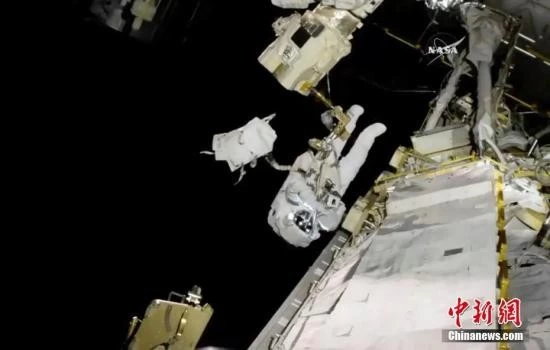
Data Map: The astronaut of the International Space Station conducted a space walk and replaced

Data Map: The astronaut of the International Space Station conducted a space walk and replaced
the robot arm with the problem.
According to reports, due to the reduction in the number of cargo spacecraft destined for the
According to reports, due to the reduction in the number of cargo spacecraft destined for the
International Space Station, water problems have occurred on the International Space Station.
Since 2016, the number of cargo ships to the International Space Station has been changed from
4 to 3 each year. Each spaceship can transport up to 600 kilograms of water to the International
Space Station. At the same time, it costs about 15,000 US dollars to transport one kilogram of
goods from Earth to the International Space Station.
Between 1990 and 1999, the Russian "Mir" space station used a prototype of the current water
Between 1990 and 1999, the Russian "Mir" space station used a prototype of the current water
regeneration unit, which had a total of 6 tons of water.
The United States Department of International Space Station has been using a device for taking
The United States Department of International Space Station has been using a device for taking
water from urine since 2010. According to reports, the productivity of the new Russian system will
be twice that of the existing system in the United States.



